“Every child is an artist. The problem is how to remain an artist once he grows up” – Picasso
Over the years, my educational journey steered me towards the realms of science, research, discovery, and development, detouring far away from the realm of art. Life, however, possesses a remarkable ability to bide its time until one is prepared for their true calling. In hindsight, I recognize that my destiny was to evolve into a watercolor artist. It was merely two years ago when the dormant connection with the artist within me rekindled, prompting a profound transformation. After nearly two decades as a scientist, I embraced a full-time role as an artist, and I find immense joy and fulfillment in this newfound identity.
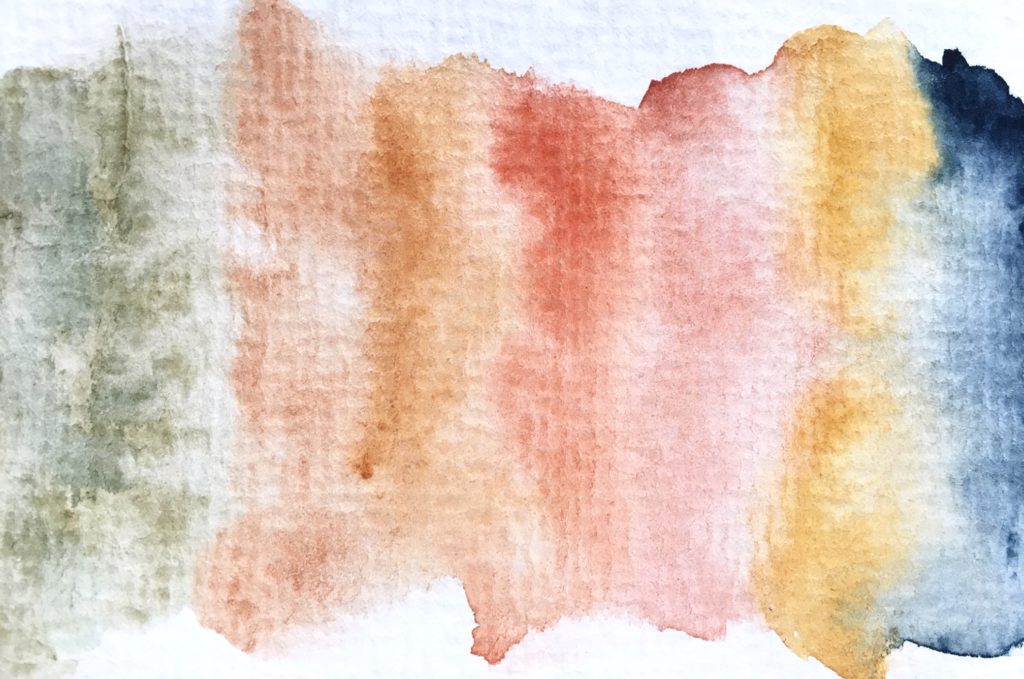
Lostincolours Earth Pigments
My love for Watercolors and the Guilt!
The alchemical interplay of water, pigment, and paper, distinctive to the realm of watercolors, is an immensely gratifying experience. Despite an underlying guilt associated with potentially polluting the Earth through the use of toxic chemicals, I persisted with this medium, initially unaware of alternative options. In my pursuit, I discovered that many watercolor paints and pigments available in the market are either harmful or, conversely, entirely benign or neutral.
My scientific background instilled in me an unwavering commitment to understanding the chemical composition of every pigment I employ. When I stumbled upon the possibility of crafting my own paints from the Earth, my passion ignited, aligning the entire creative process with my intrinsic values.
Step into the cozy corner of our guest room, now transformed into a studio, where vintage Austrian REX marmalade jars proudly display a curated collection of consciously chosen Earth pigments. Among them, yellow and red ochres from Italy, cool green earth clay from Cyprus, orange ochre from France, and a vibrant organic indigo blue pigment from India coexist harmoniously. The natural attraction among these diverse earth colors manifests in my artwork, predominantly created using these pigments, affectionately termed my ‘Dirty Paintings.’
In each stroke, there’s an awe-inspiring intensity and resilience inherent in Earth pigments—an entire palette of colors lies beneath our feet. While immersed in the act of painting, I find joy in layering the pigments until the Earth depicted radiates the same brilliance as it does in its untouched, native state.
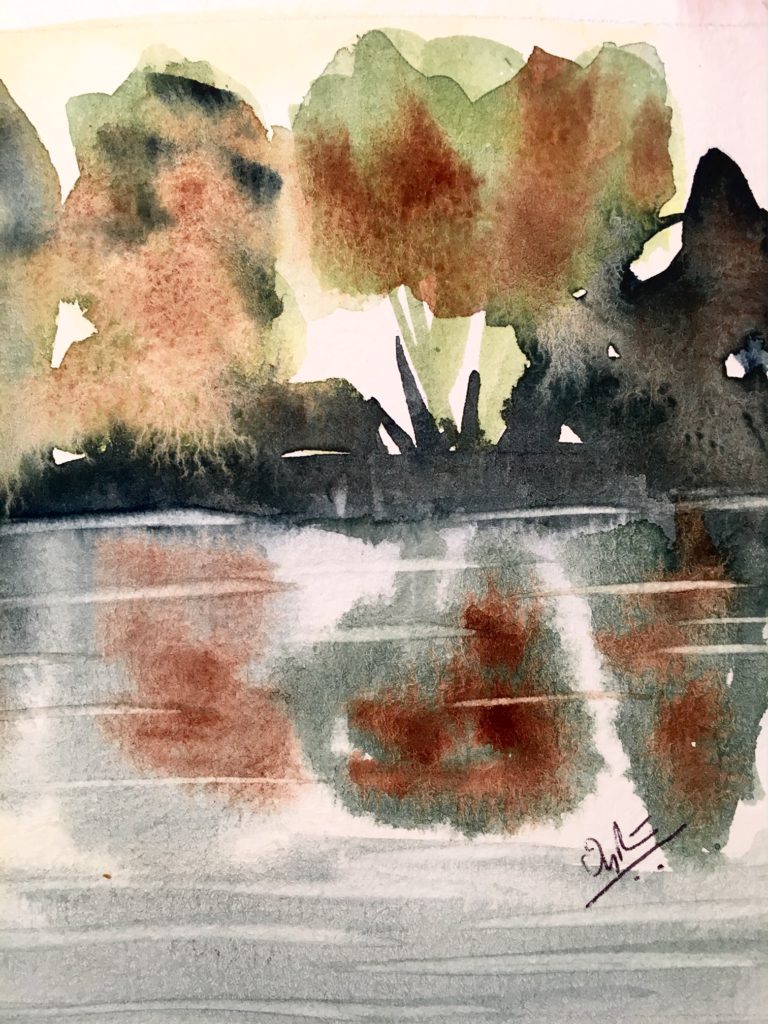
Why do I paint with Earth pigments?!
For various reasons, I have consciously chosen to exclusively incorporate natural Earth into my daily art practice. In fact, the only watercolors I use in my creations are those I craft myself, unless explicitly stated otherwise. The primary advantage of creating and working with paints derived from natural resources is the avoidance of both environmental and personal harm caused by unnecessary chemicals and toxins.
Furthermore, natural earth pigments surpass synthetic paints in various aspects. They exhibit superior permanence, evoking the enduring nature of cave paintings, and remain unaffected by sunlight, humidity, temperature fluctuations, or impurities. The absence of additional fillers or stabilizers to extend shelf life is another notable advantage. The colors themselves boast heightened intensity, as light reflects off the irregular surfaces of each pigment particle.
Surprisingly, not many artists express a fondness for painting with Earth pigments, at least not prominently on social media platforms. In an attempt to gauge awareness among fellow artists, I conducted a poll some time ago to inquire whether they knew the contents of their paint. It was not shocking to find that 85% of respondents voted NO. While statistically, this may not be considered significant given a sample size of approximately 120, it did offer insight into the fact that a considerable number of individuals may be unfamiliar with the composition of their paints.
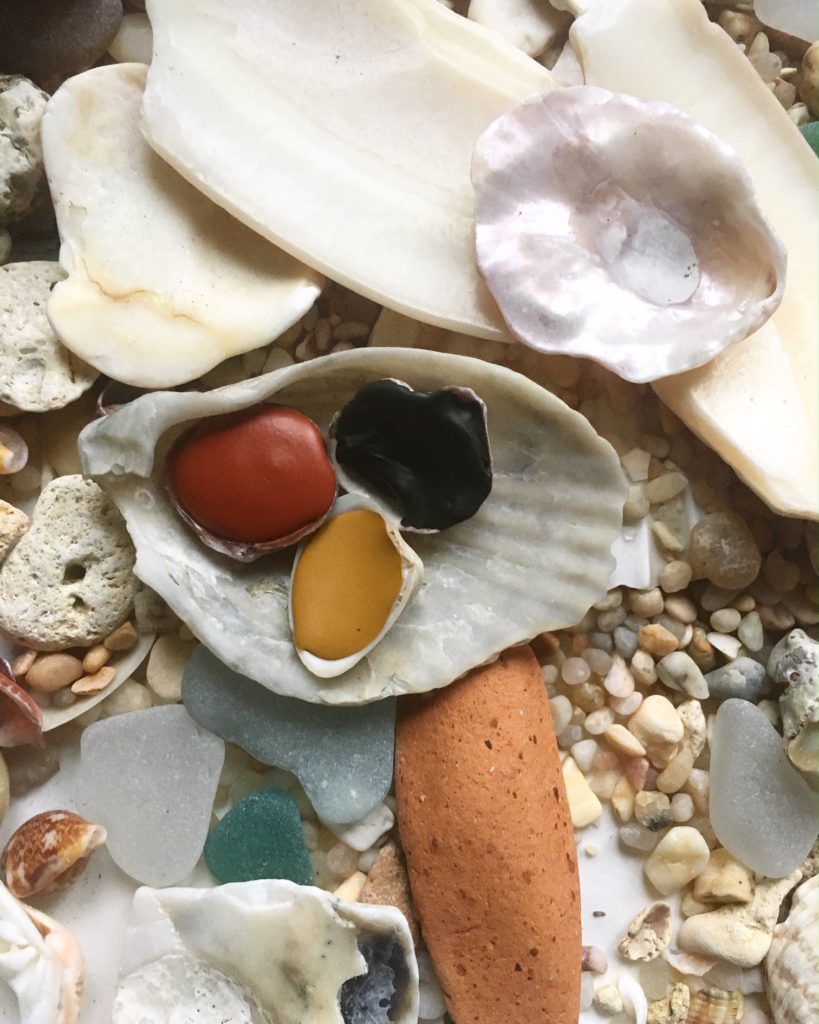
Lostincolours Handmade Watercolour Paints- Ochres
Are watercolors (commercial/handmade) toxic?
The issue of toxicity within the realm of art is indeed complex and lacks a straightforward answer, I apologize. Watercolor paints are generally considered to have a low toxic index; however, it is crucial to note that even those labeled as “natural ingredients,” such as Earth pigments like Burnt Sienna, Raw Sienna, Burnt Umber, and Raw Umber, can possess inherent toxicity.
While the toxic effects of heavy metals in paints are well-documented and often indicated on paint tubes or Material Safety Data Sheets (MSDS) provided by manufacturers, there is a noticeable absence of information regarding the presence of toxic trace minerals in certain pigments, such as Malachite, Azurite, Emerald Green, Viridian, etc.
This concern extends to the plethora of handmade watercolors flooding the market in recent times, where comprehensive information about the paints, beyond their marketing names, is often lacking.
Regrettably, some artists tend to overlook the safety aspect of the materials they work with. There is a common belief that exposure to toxic painting pigments in small quantities may pose no threat to health. However, it’s crucial to recognize that repeated small doses of hazardous materials might have a cumulative effect on an artist’s health, becoming apparent over time. This risk is particularly pertinent to passionate watercolor paint makers. Pigments in a pulverized state carry a higher risk compared to when bound with a binder. While the body may eventually eliminate the poison, the process could take a considerable amount of time. If the absorption of toxic material outpaces its excretion, accumulation may lead to serious illness. Reactions to a toxic substance can vary based on factors like age, size, or physical condition.
Nevertheless, this cautionary information does not suggest that one should refrain from painting, making colors, or delving into their box of watercolor paints/pigments. Art is a beautiful activity that enables individuals to express their emotions. Many daily activities involve exposure to low doses of toxic pollutants in our environment, and acknowledging and minimizing these risks is essential.
Therefore, it is crucial to educate yourself about the materials you are working with. Once you are informed about the risks and adopt proper habits during the creative process, you can paint to your heart’s content!
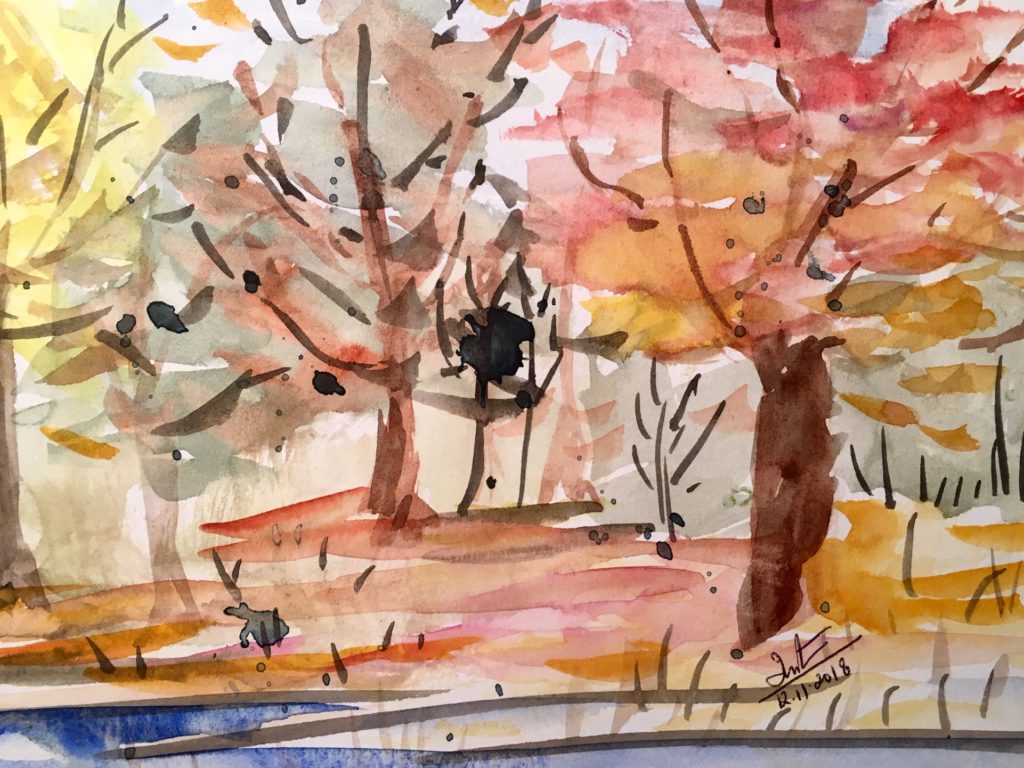
If you want to learn more …
… enroll in my online course exploring the traditional process of making watercolour paints from pure pigments.
Watercolour Paintmaking Workshop
DISCLAIMER: This article concerns itself with the common-sense safety aspects of art materials and art safety in general. The intent of this article is merely to raise individual awareness of some of the issues involved and to encourage the reader to take steps in learning more about the factors involved with the hazards associated with art materials. The author may change the contents of this document at any time, either in whole or in part.
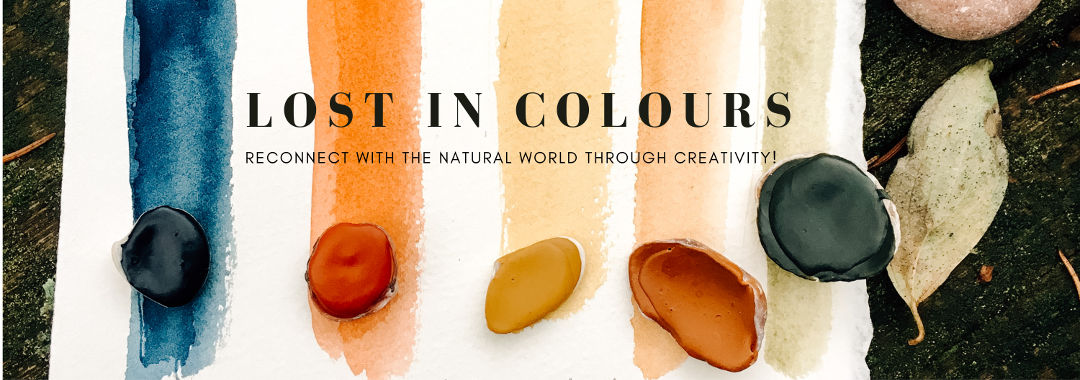
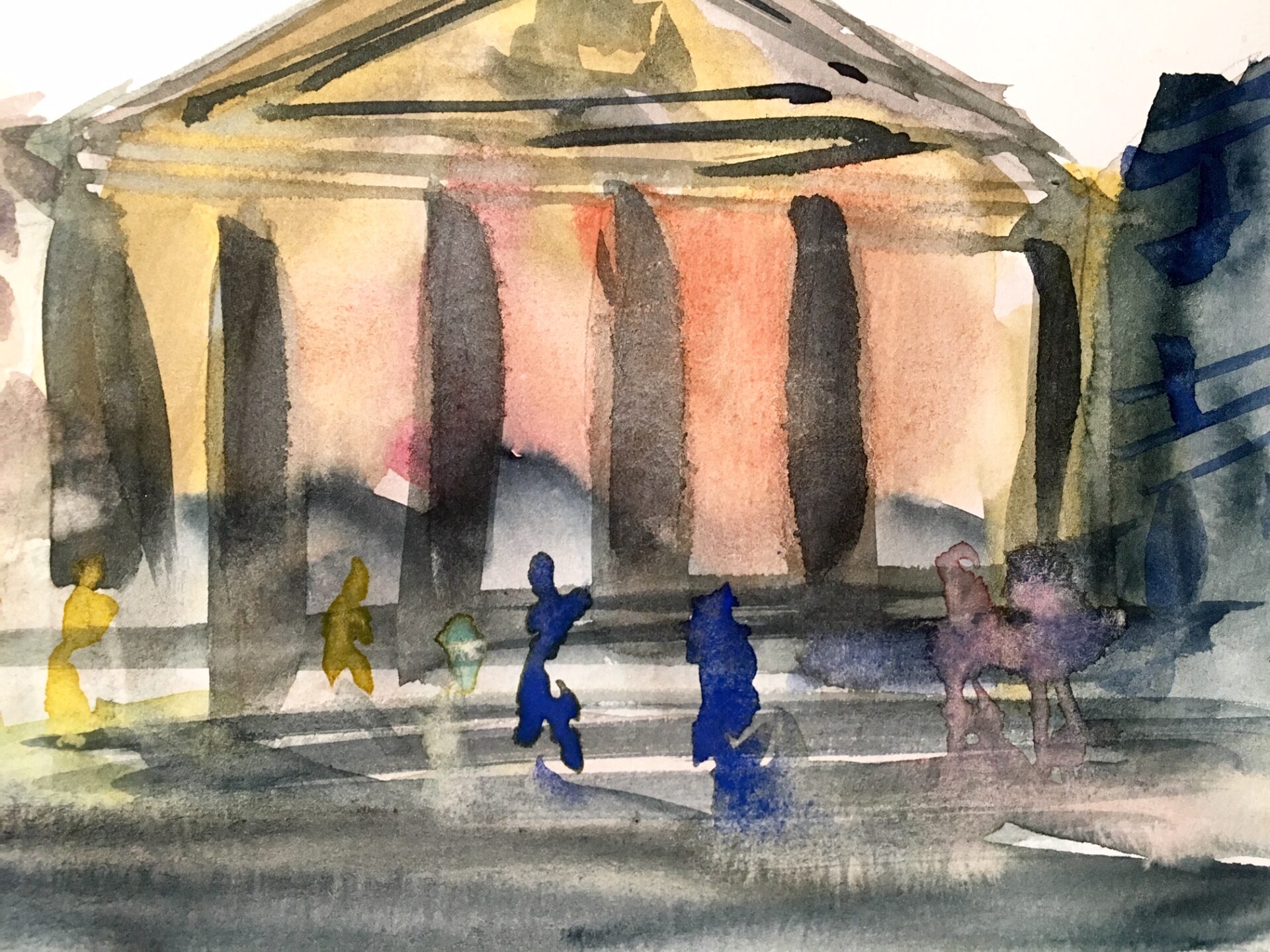
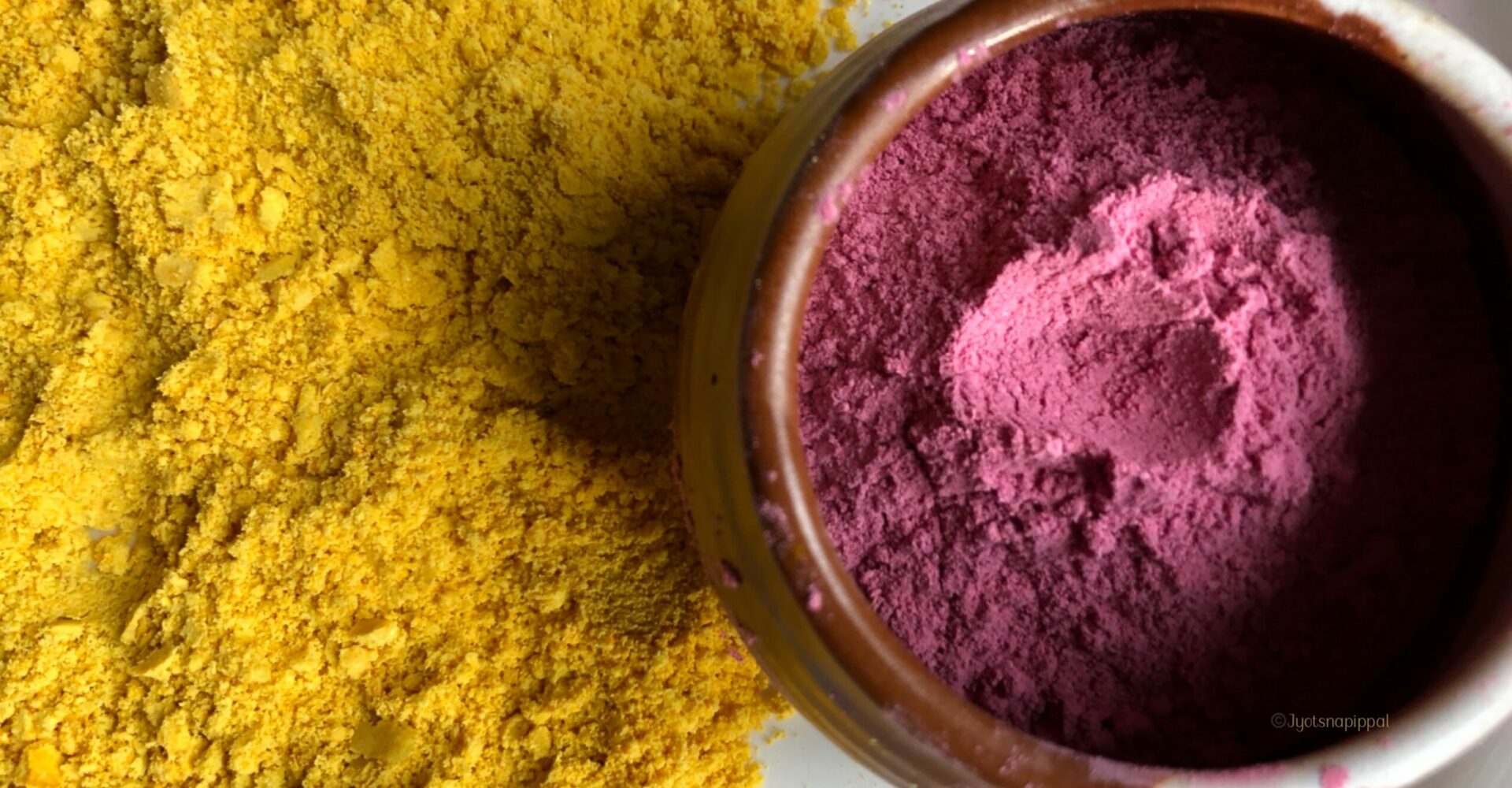
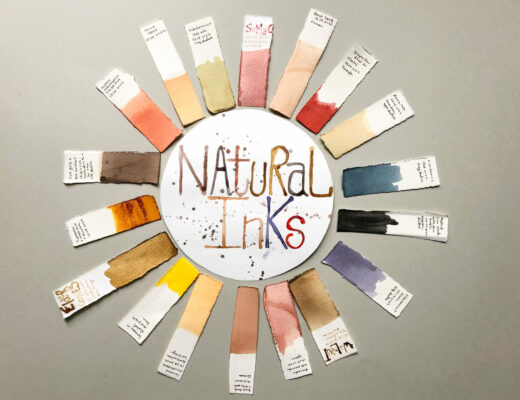
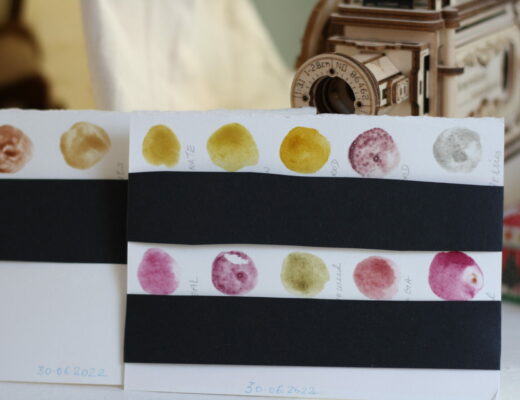
No Comments